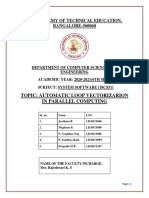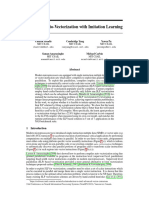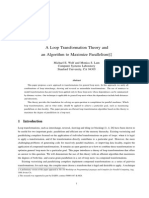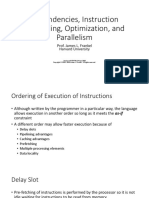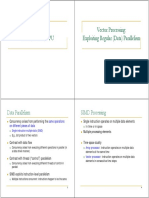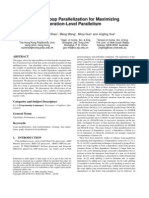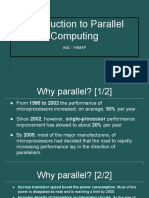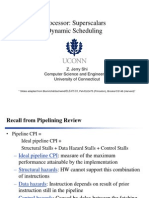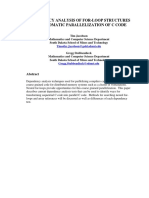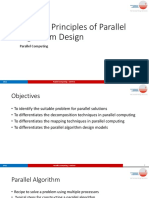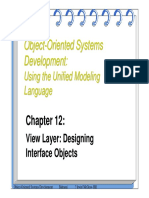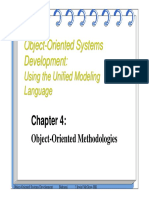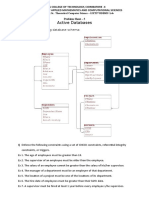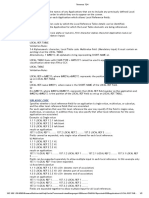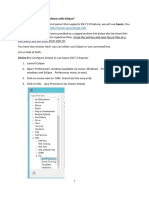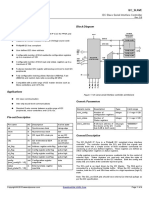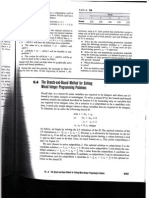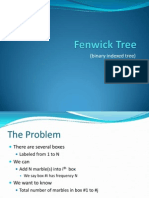0% found this document useful (0 votes)
52 views30 pagesAutomatic Parallelization - 2: Y.N. Srikant
This document discusses data dependence analysis and direction vectors which are used to determine whether loops can be parallelized or vectorized. It provides examples of how direction vectors classify dependence as forward, backward, or equal and explains how this relates to parallelizing loops. It also discusses using loop transformations like scalar expansion, renaming, interchange and fission to break dependencies and increase parallelism.
Uploaded by
supriyaaCopyright
© © All Rights Reserved
We take content rights seriously. If you suspect this is your content, claim it here.
Available Formats
Download as PDF, TXT or read online on Scribd
0% found this document useful (0 votes)
52 views30 pagesAutomatic Parallelization - 2: Y.N. Srikant
This document discusses data dependence analysis and direction vectors which are used to determine whether loops can be parallelized or vectorized. It provides examples of how direction vectors classify dependence as forward, backward, or equal and explains how this relates to parallelizing loops. It also discusses using loop transformations like scalar expansion, renaming, interchange and fission to break dependencies and increase parallelism.
Uploaded by
supriyaaCopyright
© © All Rights Reserved
We take content rights seriously. If you suspect this is your content, claim it here.
Available Formats
Download as PDF, TXT or read online on Scribd
/ 30
